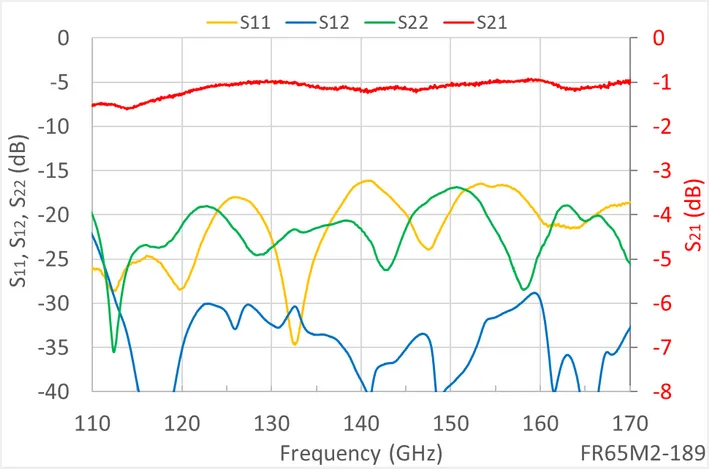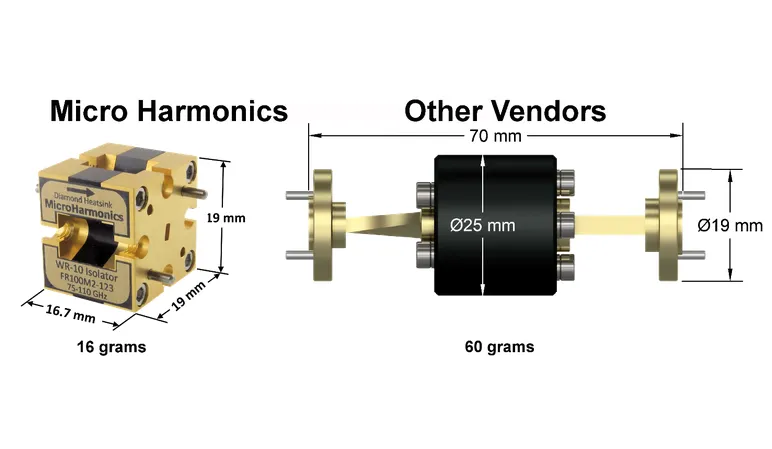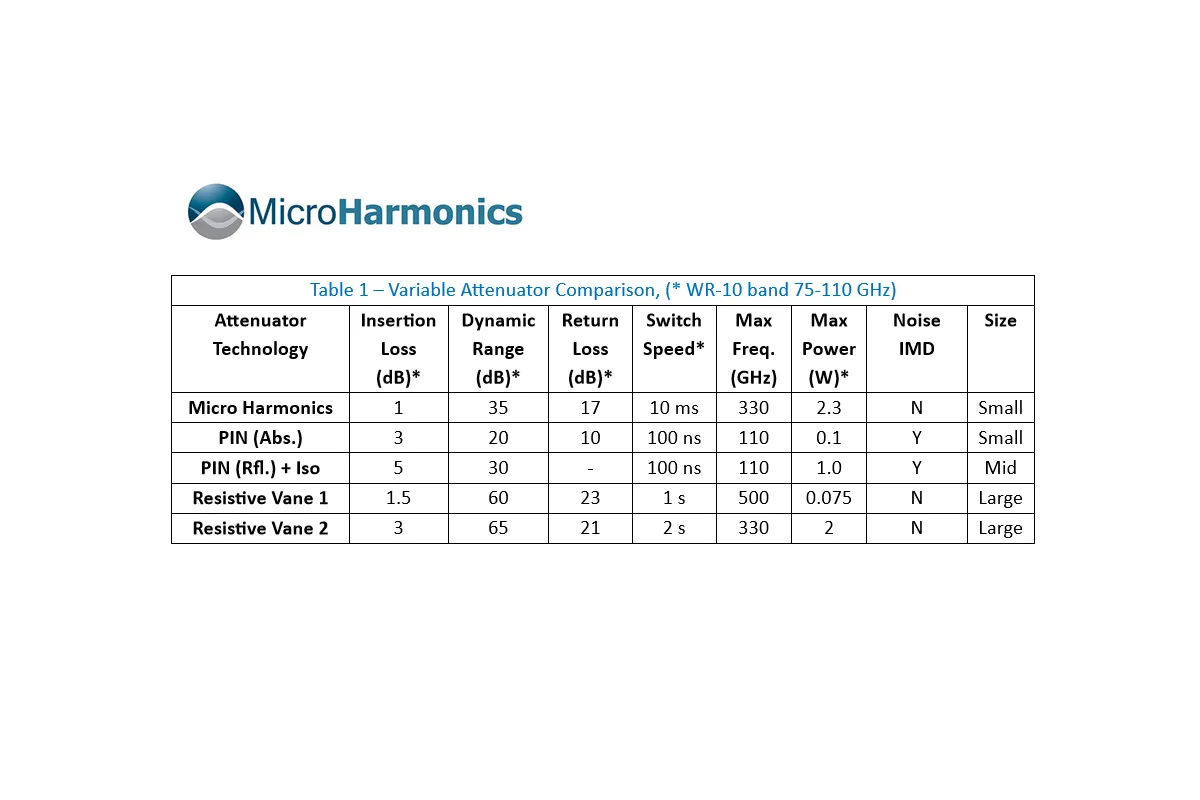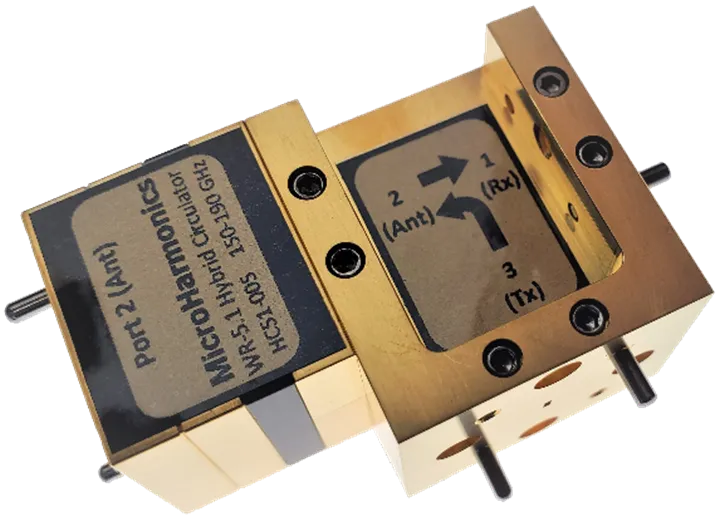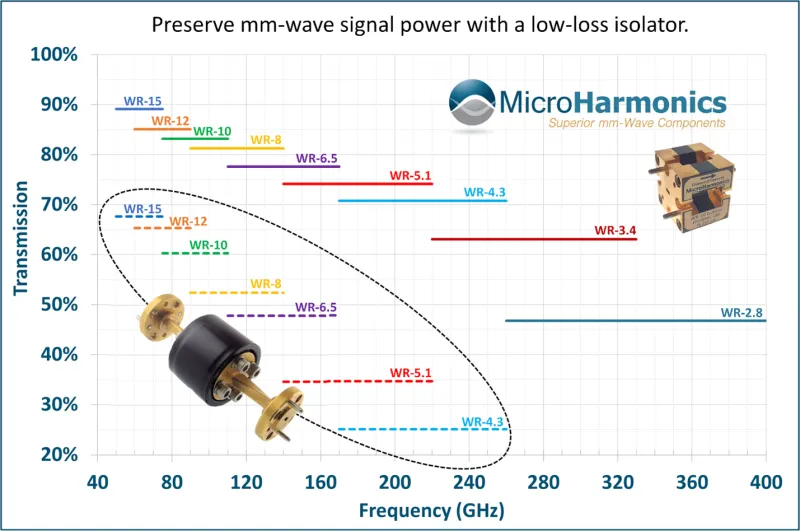The Difficulties in Writing Specifications for Millimeter-Wave Components
RankinPR12023-10-06T20:48:37-04:00The Difficulties in Writing Specifications for Millimeter-Wave Components Introduction We often accept a manufacturer’s specification of their millimeter wave components without a second thought. But a survey of the industry will reveal that what one manufacturer means by, for example, “20 dB isolation” could be a very different standard of performance from another manufacturer who makes [...]

